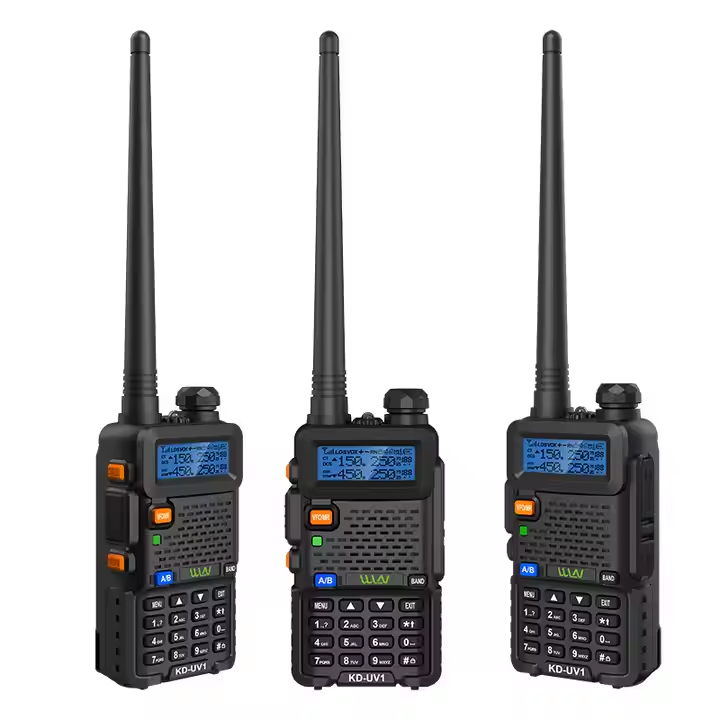In an era where sustainability and cost - effectiveness are highly valued, low - power - consumption walkie talkies have become increasingly popular, especially for long - term use scenarios. These devices offer a perfect balance between functionality and energy efficiency, making them suitable for a wide range of applications.
The development of low - power - consumption walkie talkies is driven by several factors. Firstly, advancements in semiconductor technology have led to the creation of more energy - efficient components. Microcontrollers, radio frequency (RF) modules, and other integrated circuits are now designed to consume less power while maintaining high performance.
Secondly, innovative power - management techniques have been implemented. For example, dynamic power adjustment allows the walkie talkie to adjust its transmission power based on the distance between users and the signal strength. When the users are close or the signal is strong, the device reduces its power output, saving battery life. Similarly, intelligent sleep modes put the device in a low - power state when it is not in use, minimizing energy consumption.
Battery technology also plays a significant role. Lithium - ion batteries with high energy density and long cycle life are commonly used in low - power - consumption walkie talkies. These batteries can store a large amount of energy relative to their size and weight, and they can be recharged hundreds of times without significant degradation in performance.
The applications of low - power - consumption walkie talkies are diverse. In remote monitoring and surveillance operations, such as wildlife conservation projects or border patrols, these devices can operate for extended periods without the need for frequent battery replacements or recharging. This is crucial in areas where access to power sources is limited.
For long - duration events like multi - day festivals, marathons, or large - scale conferences, low - power - consumption walkie talkies ensure that event staff can communicate effectively throughout the event without running out of battery. In industrial settings, where teams may work long shifts, these devices reduce the cost and inconvenience associated with frequent battery changes, improving overall productivity.
Moreover, low - power - consumption walkie talkies contribute to environmental sustainability. By consuming less energy, they reduce the demand for electricity generation, which in turn helps to lower carbon emissions. Additionally, their long - lasting batteries reduce the amount of electronic waste generated.
In conclusion, low - power - consumption walkie talkies are a testament to the progress in communication technology. They offer reliable communication, extended battery life, and cost - effective operation, making them an ideal choice for long - term use in various professional and recreational applications.






